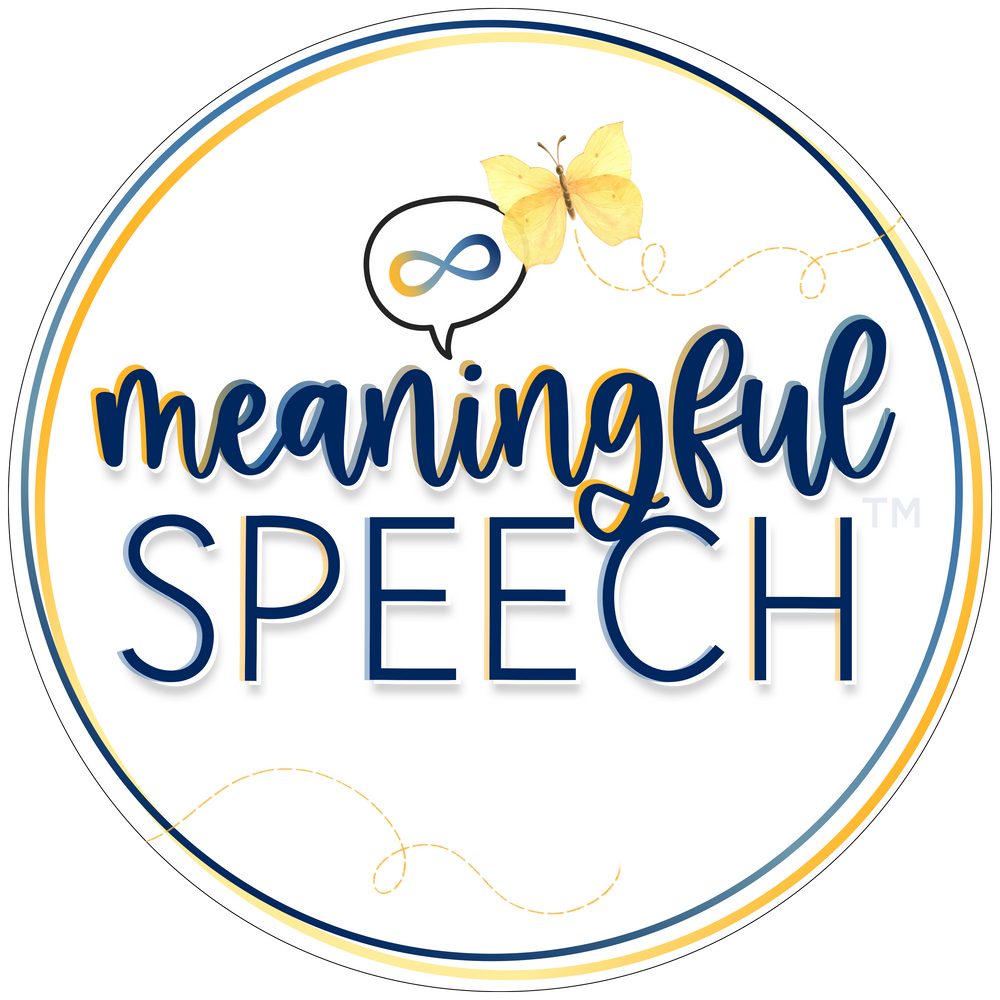How do you know a child is a gestalt language processor?
Nov 01, 2022
There are two ways children can develop language. The first step to appropriately supporting a child’s language development is identifying what type of language processor they are. This is because different styles of language processing require different strategies. There are a number of ways to identify if a child is a gestalt language processor.
Four Ways to Identify a Gestalt Language Processor
- Long scripts: These are the most obvious children to recognize. They repeat long scripts they may have heard from videos, books, movies. TV shows, YouTube videos, communicative partners, etc. after a delay. It’s a chunk of language that doesn’t move and is said in the same way each time. These can be said in or out of context.
Example: “Jumping up and down in muddy puddles!”
They say this every time they want to play outside. This comes from their favorite show, Peppa Pig. - Single Words: These children may be tricky to recognize. They are able to label or name many items and may respond with single words to questions or prompts but these single words are stuck. They are unable to combine these single words with other words to expand their utterances. These are often referred to as stuck single word gestalts.
Example: “dog”
They say use this every time they see a dog, any large pet, that dog song, the neighbor with or without their dog. They have picked up this single word to have a much larger meaning and now use it to label every animal. They cannot build upon this single word, “big dog”, “white dog”, etc. - Rich intonation: Gestalt language processors have been called “intonation babies”. This is because they are attracted to the high emotion and intonation of utterances. With children who use rich intonation, it may be difficult to understand what they’re trying to say, but the intonation they’re using gives it away. If you tune in, it may sound like a line from their favorite TV show, or a song from their favorite book you always read together.
Example: “Good morning everybody!”
The child says this with the same intonation and high emotion that their teacher uses every morning to greet the class. They often use this gestalt to initiate interactions. - Unintelligible Long Strings of Language: This is the trickiest to determine. You are unable to understand what the child is saying. These children are frequently mislabeled as using “jargon”. If you investigate and tune into what they’re consuming everyday (TV shows, YouTube videos, songs, etc.) you can hear that these long strings of unintelligible language is actually a gestalt. The reason their language is unintelligible is because they haven’t motorically caught up yet to these long strings of language, and have a harder time hearing the word unit so it all sounds like a big jumble to those who don’t know or understand gestalt language processing.
Example: “Whatchagonnado”
Said all together like this, it may be difficult to understand what the child is saying, but they’re actually repeating a string of language from a video they frequently watch.
Okay, I suspect my child or client is a gestalt language processor. How can I learn more?
- You don’t have to spend money to start learning. There are many free podcasts, webinars and articles to get you started. A comprehensive list of resources and research can also be found on our website.
- Consider taking the Meaningful Speech course to learn more about how your child or client processes language and how you can help move them from echolalia to self-generated (original flexible) language.
- Look for a speech-language pathologist (SLP) who “gets it” and can help you in supporting your child’s language development. Check out our registry for SLPs who understand gestalt language processing and child-led therapy.
